Technological Innovations
Technological innovations play a pivotal role in shaping the Advanced Composite Material Market. The continuous development of new manufacturing techniques, such as 3D printing and automated fiber placement, enhances the efficiency and precision of composite production. These advancements not only reduce production costs but also improve the performance characteristics of the materials. For example, the integration of smart materials and nanotechnology into composites is creating opportunities for enhanced functionality, such as self-healing properties and improved thermal resistance. The market is witnessing a surge in research and development activities, with investments aimed at exploring novel applications in sectors like aerospace, automotive, and renewable energy. As these technologies evolve, they are expected to drive the demand for advanced composites, potentially leading to a market expansion that could exceed USD 30 billion by 2030.
Sustainability Initiatives
The Advanced Composite Material Market is increasingly influenced by sustainability initiatives. As environmental concerns gain prominence, industries are seeking materials that minimize ecological impact. Advanced composites, known for their lightweight and durable properties, contribute to energy efficiency and reduced emissions. For instance, the aerospace sector is adopting these materials to enhance fuel efficiency, which aligns with global sustainability goals. The market for advanced composites is projected to grow significantly, with estimates suggesting a compound annual growth rate of over 10% in the coming years. This growth is driven by the need for sustainable solutions across various sectors, including automotive and construction, where advanced composites are replacing traditional materials. Consequently, the emphasis on sustainability is likely to propel the Advanced Composite Material Market forward, as companies strive to meet regulatory requirements and consumer expectations.
Automotive Sector Expansion
The automotive sector's expansion is significantly impacting the Advanced Composite Material Market. As manufacturers strive to enhance vehicle performance and fuel efficiency, the adoption of advanced composites is becoming more prevalent. These materials offer advantages such as reduced weight, improved safety, and enhanced design flexibility. The shift towards electric vehicles (EVs) is also driving demand, as lightweight materials are crucial for maximizing battery efficiency and range. Market analysis indicates that the automotive segment is expected to witness a growth rate of around 9% over the next few years, with advanced composites playing a critical role in achieving these objectives. Additionally, regulatory pressures to reduce emissions are prompting automakers to explore innovative materials, further solidifying the position of advanced composites in the automotive industry. This trend underscores the potential for growth within the Advanced Composite Material Market.
Growing Demand in Aerospace
The aerospace sector is a primary driver of the Advanced Composite Material Market. The demand for lightweight and high-strength materials is escalating as manufacturers seek to enhance fuel efficiency and performance in aircraft design. Advanced composites, such as carbon fiber reinforced polymers, are increasingly utilized in aircraft components, contributing to weight reduction and improved aerodynamics. Reports indicate that the aerospace industry accounts for a substantial share of the advanced composites market, with projections suggesting a growth rate of approximately 12% annually. This trend is further fueled by the increasing production of commercial aircraft and the rising focus on developing next-generation aircraft that prioritize sustainability. As airlines and manufacturers invest in advanced materials to meet regulatory standards and consumer expectations, the Advanced Composite Material Market is poised for robust growth.
Increased Investment in R&D
Increased investment in research and development (R&D) is a key driver of the Advanced Composite Material Market. Companies are recognizing the potential of advanced composites to revolutionize various applications, leading to heightened funding for innovative projects. This investment is directed towards enhancing material properties, exploring new applications, and improving manufacturing processes. For instance, collaborations between academic institutions and industry players are fostering breakthroughs in composite technology, which may lead to the development of lighter, stronger, and more cost-effective materials. The R&D expenditure in the advanced composites sector is projected to rise, with estimates suggesting an increase of over 15% in the next five years. This focus on innovation is likely to yield new products and applications, thereby expanding the market and solidifying the role of advanced composites in diverse industries, including aerospace, automotive, and construction.


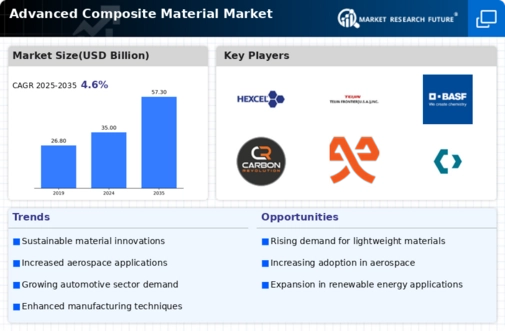
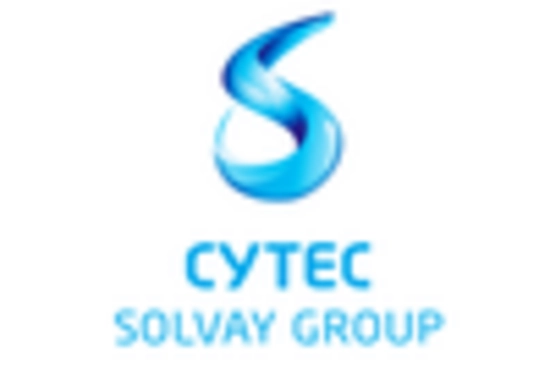
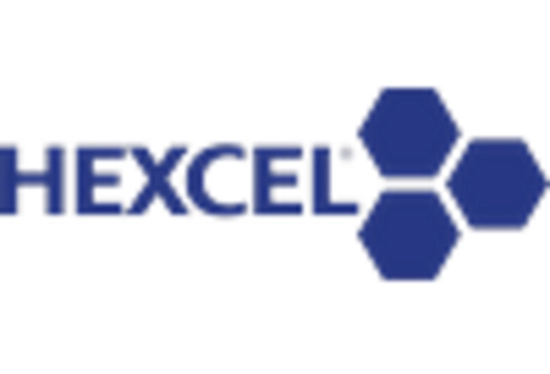

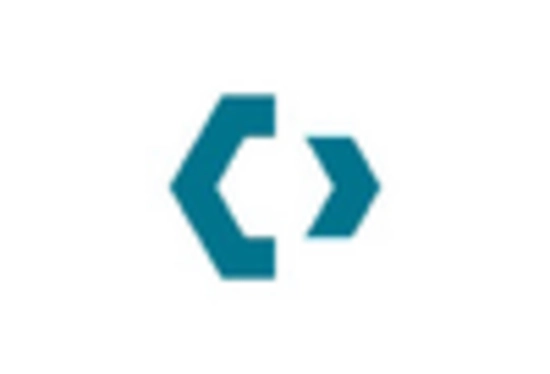
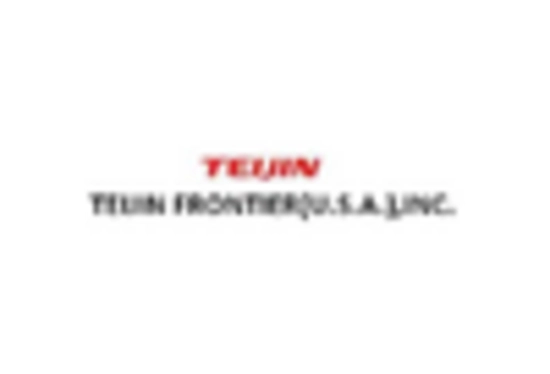
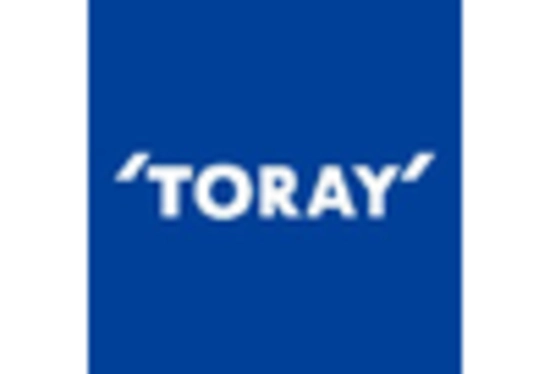








Leave a Comment